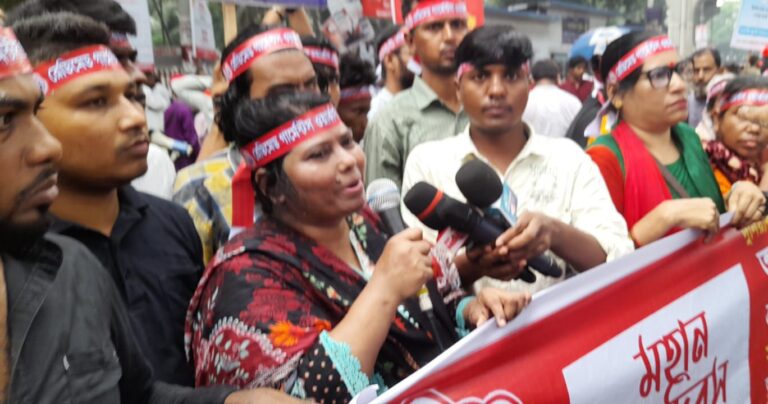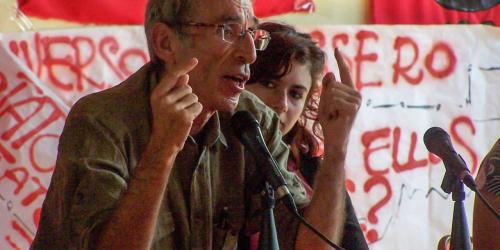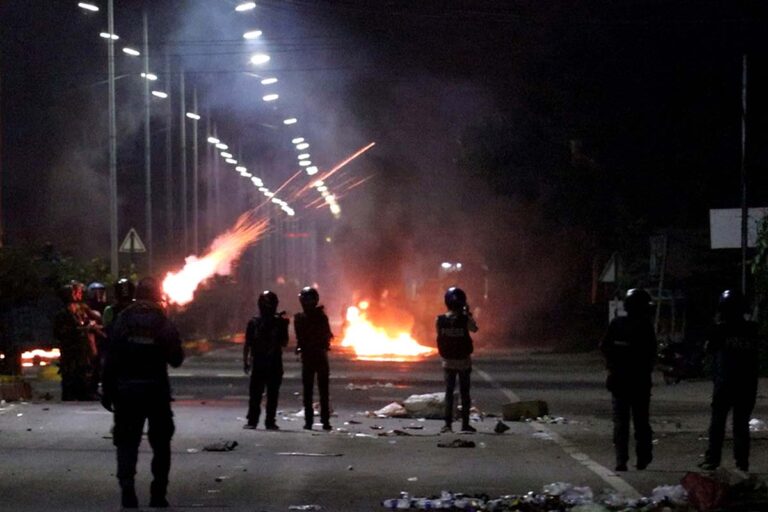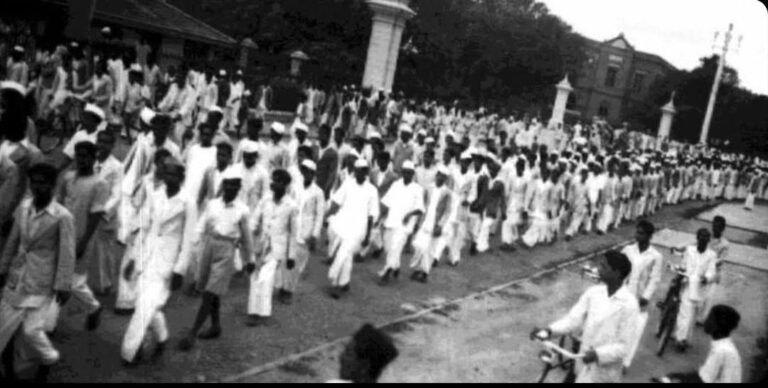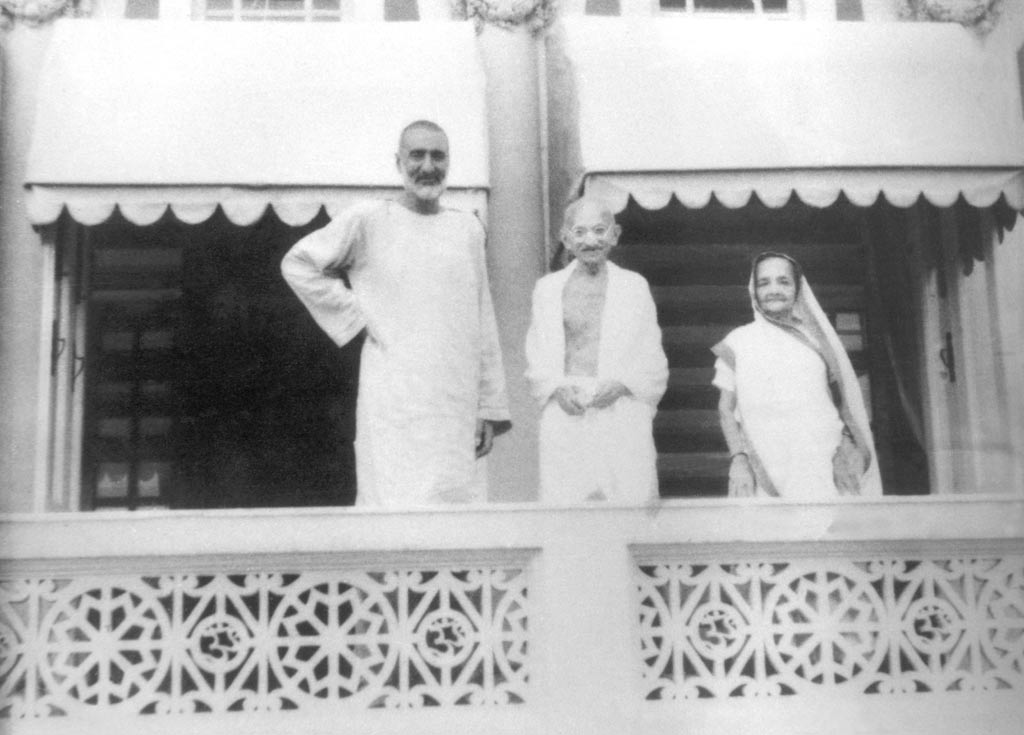
The Pakistan National Congress (PNC) succeeded the Indian National Congress (INC), a lesser-known fact. The PNC was not only the first official opposition in the post-1947 period; it also shared power at both the Centre and in East Pakistan (now Bangladesh) as a coalition partner.
British India’s 1946 elections established the 69-member Constituent Assembly of Pakistan. In 1946, the Indian National Congress (INC) platform led to the election of 12 East Pakistani members to this Assembly. The INC, which the Pakistan National Congress (PNC) succeeded, also had representatives in the East Pakistan Legislative Assembly. The PNC members played a significant role as the opposition, particularly against the Islamization of Pakistan’s first constitution, which was promulgated in 1956, as well as other legislative efforts aimed at undermining secularism in the country. The PNC advocated for a democratic socialist Pakistan and promoted non-violence. However, mainstream historiography and educational textbooks have largely excluded any mention of the PNC. Over the years, the increasingly Islamized ideological state apparatuses have consistently failed to acknowledge the PNC’s existence.
In an interview with Farooq Sulehria, Dr Tahir Kamran analyses the silencing of the PNC in the mainstream discourses on history and politics. Dr. Kamran is one of Pakistan’s leading historians, academics, and public intellectuals. He has extensively published on Pakistani history and politics. His most recent book is Chequered Past, Uncertain Future: The History of Pakistan (2024).
The PNC, as a successor of the INC, constituted the first official opposition in the Constituent Assembly, Pakistan’s first parliament. However, the PNC finds no mention in Pakistan’s history books, mainstream or otherwise. What explains PNC’s invisibility?
Tahir Kamran: The invisibility of the PNC in Pakistan’s history books is best understood in the context of the rigid political culture that took root from the very inception of the country. Pakistan’s early political framework left little to no space for disagreement or dissenting voices. The Muslim League, as the dominant party and founder of the state, appeared to envision a virtually one-party rule, where alternative political narratives—especially those linked to the Indian National Congress, its ideological rival—were unwelcome.
The PNC immediately inherited a politically and emotionally charged legacy as the INC’s successor. People did not view the PNC as a legitimate opposition party, but rather as a remnant of the pre-Partition adversary. This perception made the PNC politically unacceptable in the eyes of the Muslim League and the state machinery it controlled.
This lack of acceptability was clearly demonstrable during the debates on the Objectives Resolution (which has become a preamble to the Constitutions of 1956 and 1973) in 1949. The PNC, representing religious minorities and advocating for a secular and inclusive Pakistan, raised concerns about the resolution’s overtly Islamic orientation. Yet, their objections were dismissed with disdain, not deliberation. Instead of engaging with their arguments, the ruling elite brushed them aside, reflecting a broader unwillingness to accommodate political pluralism.
In such an environment, it is unsurprising that the PNC was systematically excluded from the national narrative. Its role as the first official opposition in Pakistan’s Constituent Assembly has been erased from mainstream history, not due to a lack of significance, but precisely because its presence contradicted the dominant ideological and political project of a monolithic Muslim polity under the Muslim League. The marginalisation of the PNC thus exemplifies how early Pakistani politics deliberately avoided institutionalising dissent and suppressed any alternative vision for the state.
There is a total whitewash of the PNC when it comes to textbooks in the category of social studies and Pakistan studies. Why?
As A. H. Nayyar and Ahmed Salim argue in The Subtle Subversion, Pakistan from the outset pursued a path of exclusion, systematically eliminating any space for pluralism or inclusivity in its national narrative. This deliberate exclusion was rooted in a singular, state-driven ideology that positioned Pakistan as a monolithic Islamic state, in contrast—and often in direct opposition—to India, which was conceived by the Pakistani ruling elite as a Hindu Rashtra. The cornerstone of Pakistan’s ideological foundation was fear and hostility towards India, which profoundly influenced the treatment of internal politics and opposition.
Within this framework, the PNC—despite being the first official opposition in the Constituent Assembly—was not just sidelined but actively erased from national memory. This erasure is particularly stark in textbooks categorised as social studies and Pakistan studies, where there is a total whitewash of the PNC’s presence and contributions. The reason is both ideological and political.
The PNC, as the successor of the INC, symbolised a continuity of ideas rooted in secularism, pluralism, and a shared Indo-Muslim heritage—values that clashed with the exclusivist Islamic identity being crafted for Pakistan. Its association with India, coupled with its representation of non-Muslim minorities, made it incompatible with the ruling narrative. Acknowledging the PNC in textbooks would have meant recognising that the early Pakistani state, however limited, had room for dissenting views, secular ideals, and minority voices—an acknowledgement the ruling elite was unwilling to make.
Therefore, the total omission of the PNC from textbooks serves a dual purpose: it reinforces the idea that Pakistan was ideologically unified from the start, and it sustains the narrative of a perpetual ideological opposition to India. In doing so, it also reflects how historical memory has been shaped to support authoritarian tendencies and suppress the democratic process. The invisibilization of the PNC is not a historical oversight; it is a conscious act of ideological engineering.
You published a book titled ‘Chequered Past, Uncertain Future: The History of Pakistan’ (2024). Although it references PNC stalwart and parliamentarian Joginder Nath Mandal, the book does not address the PNC as a topic. Is this oversight due to self-censorship, external censorship, or does it stem from Pakistani historians deeming the PNC irrelevant?
The absence of a detailed discussion on the PNC in my book Chequered Past, Uncertain Future: The History of Pakistan (2024) was neither an act of self-censorship nor the result of external censorship. Rather, it was a combination of unconscious omission and a reflection of a broader pattern of historical neglect by Pakistani historians over the decades.
The book’s broader scope, which addresses various facets of Pakistan’s political, social, and constitutional evolution, necessitated challenging editorial decisions. Due to space limitations and thematic constraints, we were unable to explore certain aspects with the depth they deserved, despite their importance. While figures such as Joginder Nath Mandal did reference the PNC, it unfortunately fell into the category of overlooked subjects. I did not regard it as irrelevant; however, the prevailing historiographical tradition in Pakistan has long perceived it as such.
The erasure of the PNC from mainstream historical discourse reflects a broader issue within Pakistan’s national narrative. As Nayyar and Salim highlight in The Subtle Subversion, this narrative has been shaped by an exclusionary logic that suppresses pluralism and sidelines dissent. The PNC, which represented the interests of religious minorities and often held views that diverged from the state’s ideological direction, has been quietly excluded from textbooks, archives, and, ultimately, collective memory.
While the omission in my work may seem to continue that trend, it was not a deliberate act of suppression. Nonetheless, it highlights a significant need for Pakistani historians—including myself—to critically reassess our priorities in historical narratives and to provide space for voices and institutions like the PNC that challenge the prevailing storyline. Their marginalisation was not a natural occurrence; it was constructed, and it is time we begin to deconstruct that silence.
Do you think the PNC should be researched, talked about, and included in textbooks, as well as history modules taught at the tertiary level? If yes, why?
Yes, absolutely—the PNC should be researched upon, talked about, and meaningfully included in textbooks as well as history modules taught at the tertiary level. The inclusion of the PNC is not merely a matter of historical completeness; it is a democratic imperative.
Plurality of opinion and competing narratives are vital for any society aspiring to engage meaningfully with democratic ethos. Pakistan’s early political landscape was far more complex and contested than the singular narrative presented in most textbooks. The PNC, as the first official opposition in the Constituent Assembly and a voice for religious minorities, offered a vision for Pakistan that emphasised inclusivity, secular governance, and constitutionalism. Ignoring that voice distorts our understanding of Pakistan’s political beginnings.
By studying the PNC, students and scholars can better appreciate the contested nature of Pakistan’s identity formation. It helps challenge the monolithic view of history and opens up space for critical reflection on the choices made in the country’s formative years. This is essential not only for historical accuracy but also for cultivating democratic consciousness among younger generations.
Inclusion of the PNC in academic discourse would also restore visibility to those who were systematically marginalized—not just politically, but also in the historical record. It would signal a commitment to acknowledging Pakistan’s plural past and, by extension, a more inclusive future.
What other historically important political projects in Pakistani history have been invisibilized, whitewashed, or marginalised?
Many historically significant political projects in Pakistan’s past have been systematically invisibilised, whitewashed, or marginalised—primarily because they did not align with the dominant state narrative. Marginalised voices, particularly those that were left-leaning, ethnically divergent, or ideologically pluralistic, have never found meaningful resonance in Pakistan’s national discourse. This erasure has cultivated a perilous unilateralism in the teaching, memory, and institutionalisation of history.
Apart from the Pakistan National Congress (PNC), several other political movements and initiatives have suffered the same fate:
The Communist and Leftist Movements: The role of left-leaning groups like the Communist Party of Pakistan (CPP), the Mazdoor Kisan Party, and later, the National Awami Party (NAP), has been minimised or vilified. Despite their critical role in shaping labour rights discourse, anti-imperialist thought, and democratic struggles, they are largely absent from textbooks and public memory.
The National Awami Party (NAP): This ethnonationalist, socialist party was central to articulating the aspirations of the Baloch, Pashtun, Sindhi, and Bengali populations. It was banned in 1975, and its leaders labelled as traitors—further proof of how the state suppressed ethnic plurality and left-leaning politics.
The Bengali Autonomy Movement: Even though East Pakistan constituted the majority of the country’s population until 1971, the Bengali nationalist movement and the Six Points of Sheikh Mujibur Rahman are rarely presented with fairness or depth in mainstream narratives. The entire political context leading to the secession of East Pakistan and the formation of Bangladesh is often reduced to oversimplified tropes of “Indian conspiracy,” ignoring structural inequalities and political repression.
Sindhi and Baloch Nationalist Movements: Movements advocating for greater provincial autonomy or resistance to federal overreach—such as the Sindhi Jiye Sindh movement and various Baloch nationalist projects—have either been painted as separatist threats or ignored altogether, despite their roots in democratic demands and constitutional federalism.
Women’s and Minority Rights Movements: The resistance movements led by women, especially under General Zia-ul-Haq’s regime (e.g., Women’s Action Forum), and religious minorities fighting for equal citizenship, remain on the margins of formal historical narratives.
This selective memory, driven by ideological conformity and fear of internal plurality, has created a dangerously lopsided understanding of Pakistan’s history. By ignoring these diverse political projects, the state has not only erased the struggles of countless communities but has also denied itself the opportunity to grow into a more inclusive and democratic society. Reclaiming these narratives is essential for a more honest and cohesive national identity.
